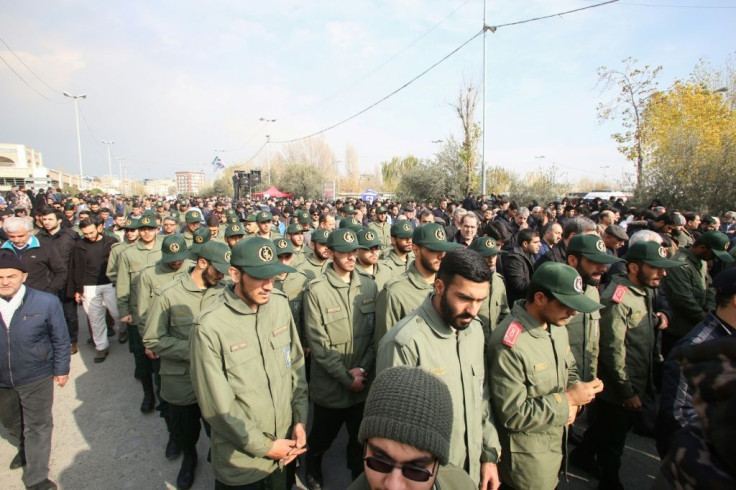Killing Soleimani: An Unprecedented US Strike

The unprecedented American raid that killed top Iranian commander Qasem Soleimani in Baghdad opens a period of uncertainty for the US and their allies in the region.
It also raises questions over what happened, and what happens next.
The Pentagon has not gone into specifics about the operation although it has made clear President Donald Trump gave the order to carry it out.
Drones were used in the strike that hit two vehicles on a road leading to Baghdad international airport, according to several US media outlets.
Soleimani -- who commanded Iran's Quds special forces and was considered one of the country's most powerful figures -- was traveling in one of them.
Iranian state media however said US helicopters launched the attack.
Abu Mahdi al-Muhandis -- the deputy chief of the Iraqi, largely pro-Iran, paramilitary force Hashed al-Shaabi -- was also killed.
The method used to kill members of a foreign military reflects more the modus operandi of the Israeli Army than US forces, which typically organize their special forces with precision when they seek to take out highly placed figures.
Examples include Osama bin Laden or, more recently, former Islamic State leader Abu Bakr al-Baghdadi.
The United States has closely followed Soleimani's movements over the last few months and could have targeted him before.
The Pentagon said the general had been "actively developing plans to attack American diplomats and service members in Iraq and throughout the region".
Earlier on Thursday US Defense Secretary Mark Esper warned that the United States would not hesitate to take 'preemptive action' if they had information attacks were being planned.
He said last week's killing of an American contractor in a rocket attack on a base in Kirkuk, reportedly by a pro-Iranian group, meant "the game had changed".
The price of petrol has jumped by more than four percent following Soleimani's death on market fear it will crank up tension in the region.
Iran has promised to take revenge. Its close ally, Lebanon's Hezbollah movement said punishment for those responsible will be the "task of all resistance fighters worldwide."
Many pro-Iranian groups in the region have the capacity to carry out attacks on US bases in the Gulf states as well as against petrol tankers and cargo ships in the Strait of Hormuz that Tehran could close at any moment.
They could also strike US troops and bases currently in Iraq, Syria, other American embassies in the region, and target Washington's allies, including Israel and Saudi Arabia -- even countries in Europe.
There are many possibilities and for Kim Ghattas of the Carnegie Endowment for International Peace, it is difficult to gauge what happens next.
"War? Chaos? limited reprisals? Nothing? Nobody really knows -- neither in the region or in Washington -- because this is unprecedented."
The US has sent more than 14,000 troops to the region as reinforcements over recent months.
Washington announced 500 more would be sent after a pro-Iranian mob laid siege to its embassy in Baghdad this week.
Esper said Thursday a battalion of 4,000 men had been ordered to stand by for possible deployment over the next few days.
The US currently has 5,200 soldiers deployed in Iraq, officially to assist and train its army and ensure Islamic State does not reemerge as a force.
The US embassy has called on its citizens in Iraq to leave the country as quickly as possible.
Israel has closed a ski station on the Golan Heights -- an annexed region on the border between Syria and Lebanon.
© Copyright AFP 2024. All rights reserved.





















